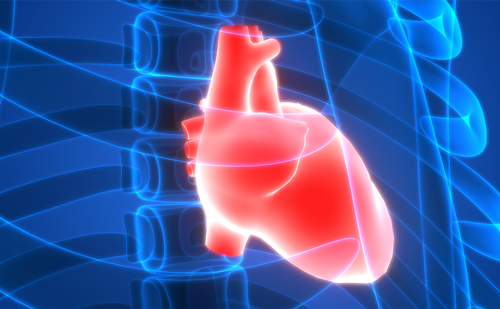Bilateral coronary – pulmonary fistulae, diagnosed by transoesophageal echocardiogram
Abstract:
Overview
Bilateral coronary artery fistulae to pulmonary artery is a rare condition. We diagnosed this condition by transoesophageal echocardiogram and successfully treated with surgery.
Keywords
Fistula, coronary artery, pulmonary artery, echocardiography.
Article:
Article Information:
Correspondence
Krishna Kishor Kadappu, 10, Quamby court, Wattlegrove, NSW, Australia 2173. E-mail: kadappu@hotmail.com
Received
2010-08-27T00:00:00







